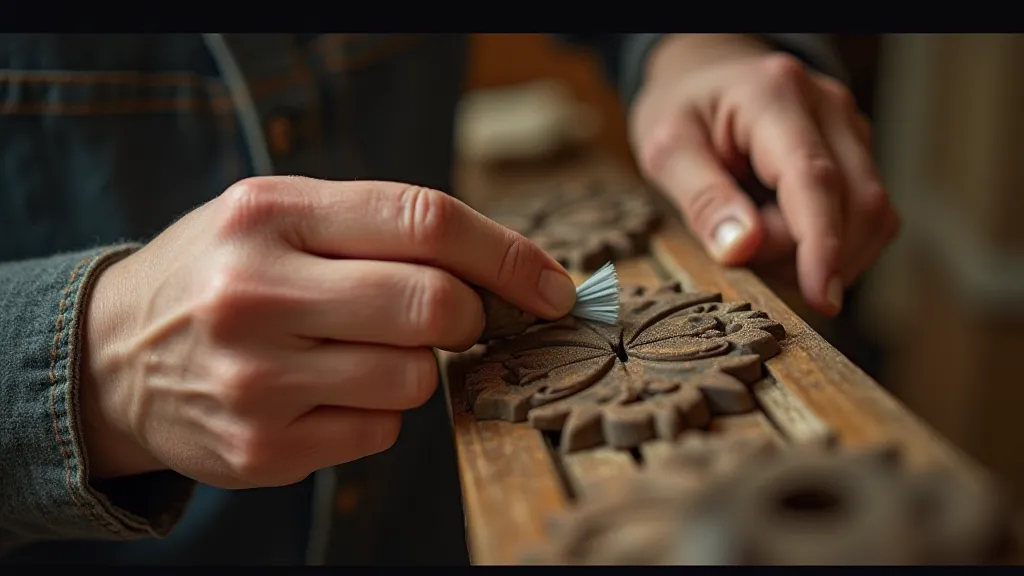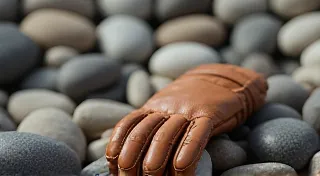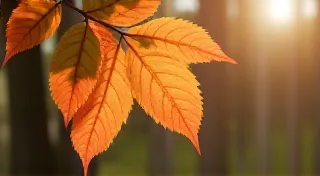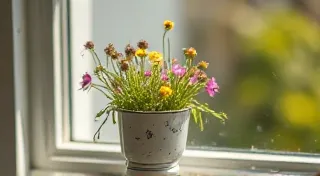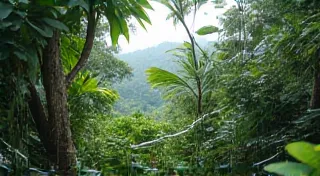The Metamorphosis of Motif: Tracing the Evolution of Regional Carving Themes
The scent of aged wood, the rasp of a chisel against grain, the quiet focus of a craftsman lost in his work – these are the sensations that bind us to the enduring legacy of wood carving. It’s a craft steeped in history, a visual language spoken across continents and generations. But what truly captivates is the story embedded within the motifs themselves. These aren't simply decorative elements; they're living echoes of cultural narratives, personal beliefs, and environmental influences, subtly transformed over time. To understand regional wood carving isn’t just about recognizing a style; it’s about tracing the metamorphosis of a single image across a landscape of tradition.
My grandfather, a retired carpenter, held a deep reverence for the older carvings he encountered. He's the one who first showed me a weathered folk art duck decoy from the Chesapeake Bay, its paint chipped but the wood retaining a warmth that felt ancient. He didn't talk about technique; he spoke of the man who made it, the life he lived, and the stories that duck represented – sustenance, connection to the water, a simple, honest existence. That single decoy sparked a lifelong fascination with the quiet power of regional carvings and the narratives they carry.
The Horse's Journey: From Scandinavian Strength to Appalachian Grace
Consider the horse. Across Scandinavia, the horse frequently appears in wood carvings, often depicted with powerful, muscular forms. These aren’t whimsical portrayals; they’re representations of strength, fertility, and the vital role horses played in agriculture and transportation in harsh climates. The lines are bold, the detailing focused on conveying power and resilience. These carvings frequently adorned barns and homes, acting as protective guardians.
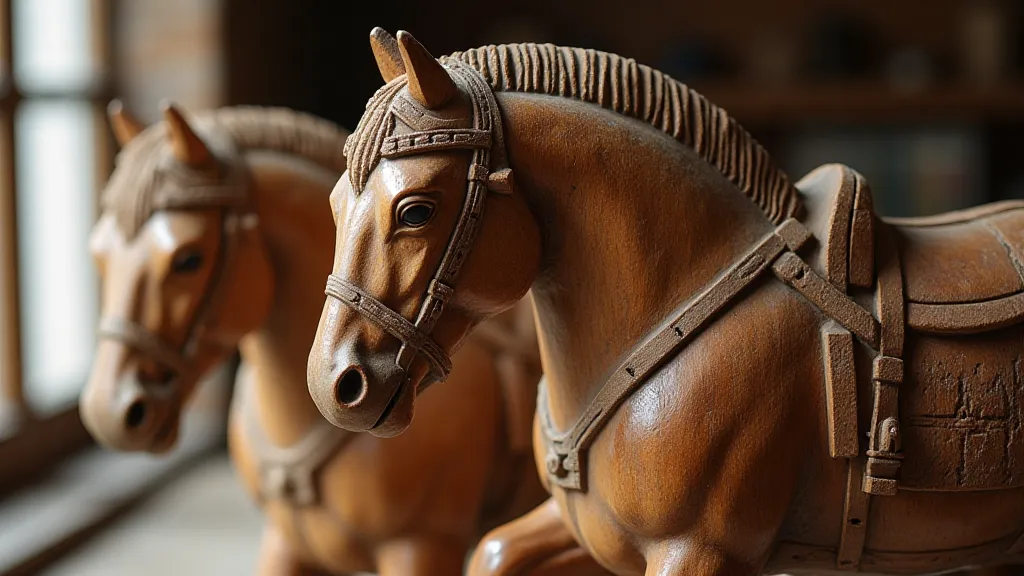
Now, travel to the Appalachian region of the United States. While horses were equally important there, the carving style evolved. Appalachian horse carvings, particularly those from the late 18th and 19th centuries, tend to be more slender, with a gentler expression. The focus shifts from raw power to a sense of grace and companionship. You’re seeing not just the animal’s importance, but also the connection the carver felt *to* the animal. This isn’t about brute force; it’s about partnership and quiet reliance.
This shift isn't simply stylistic preference. It speaks to a broader change in cultural values, a change in the relationship between humans and their environment. The harsh Scandinavian climate demanded resilience; the Appalachian landscape, while challenging, fostered a different kind of intimacy.
The Shifting Face of the Human Figure: Japanese Netsuke vs. German Grünewald
The depiction of the human figure offers another compelling illustration of regional transformation. Japanese Netsuke, miniature carved figures traditionally used as toggles for clothing, often portray deities, mythical creatures, and everyday people with incredible detail and a sense of stoicism. The faces are frequently masked, conveying a blend of reverence and social constraint. These carvings are not intended for purely decorative purposes; they’re imbued with spiritual significance, passed down through generations.
Contrast this with the expressive, often dramatically rendered figures found in 17th-century German Grünewald carvings. These were frequently part of religious scenes and exhibited a level of emotional intensity rarely seen in Japanese Netsuke. The faces are contorted in anguish, ecstasy, or profound sadness, reflecting the turbulent religious climate of the Reformation era. The focus is on communicating a profound spiritual experience, often through the lens of suffering and redemption.
The difference isn’t about skill; both traditions demonstrate remarkable technical mastery. The difference lies in the prevailing cultural context – the emphasis on restraint and spiritual harmony in Japan versus the raw emotionality that defined much of the German Reformation.
Floral Patterns: From Celtic Spirals to Pennsylvania Dutch Bloom
Even seemingly simple floral patterns illustrate this transformative journey. Celtic knotwork, found in wood carvings across Ireland and Scotland, utilizes intricate, interwoven spirals that symbolize eternity, interconnectedness, and the cyclical nature of life. These patterns are not merely decorative; they're visual representations of complex spiritual beliefs.
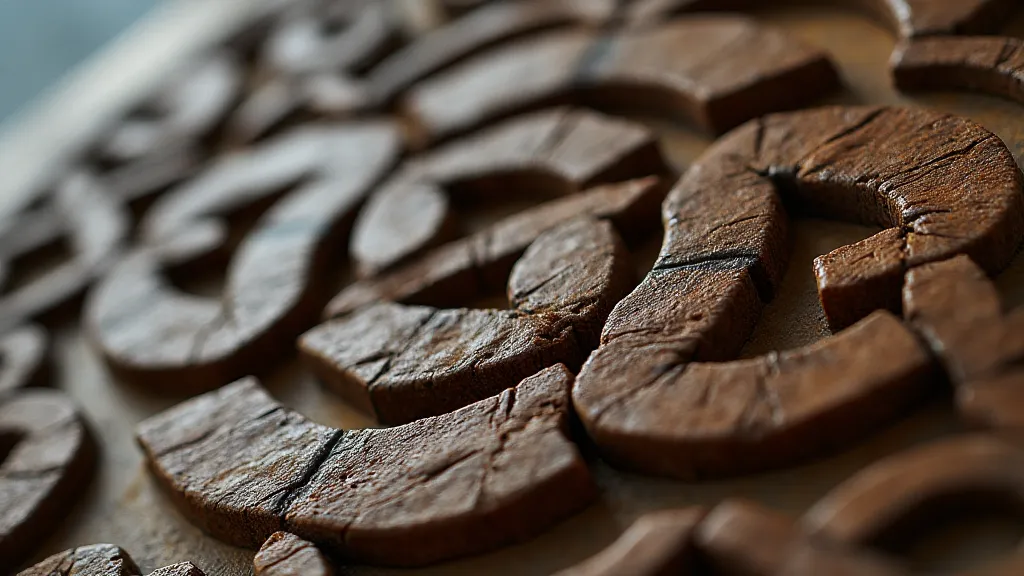
In contrast, the floral carvings of Pennsylvania Dutch folk art, derived from Germanic traditions but heavily influenced by American agricultural landscapes, often feature vibrant, stylized flowers – tulips, daffodils, and sunflowers – arranged in symmetrical, almost geometric patterns. While rooted in Germanic motifs, these carvings have evolved into something uniquely American, reflecting the optimism and abundance of the New World. The emphasis shifts from symbolic depth to a celebration of beauty and growth.
Preserving the Echoes: Restoration and Appreciation
Understanding these transformations is crucial not only for appreciating the artistry but also for responsible restoration. Attempting to “correct” a carving to conform to a preconceived notion of what it *should* look like is to erase a piece of its history. Restoration should focus on stabilization – repairing damage, cleaning surfaces gently – while respecting the original character and patina. The flaws, the wear, the subtle variations – these are the fingerprints of time, the visual testament to the carving’s journey through generations.
Collecting regional carvings is about more than acquiring beautiful objects; it’s about becoming a custodian of cultural memory. Each carving tells a story, a visual echo of a time and place. By understanding the metamorphosis of motifs, we can appreciate not just the skill of the carver, but the entire cultural context that shaped their work. And perhaps, just like my grandfather did for me, we can share that appreciation with others, ensuring that these silent storytellers continue to resonate for generations to come.
There's a quiet dignity to these carvings, a profound connection to the past. And as we trace the evolution of these motifs, we’re not just studying art; we’re gaining a deeper understanding of ourselves and the enduring power of human creativity.
